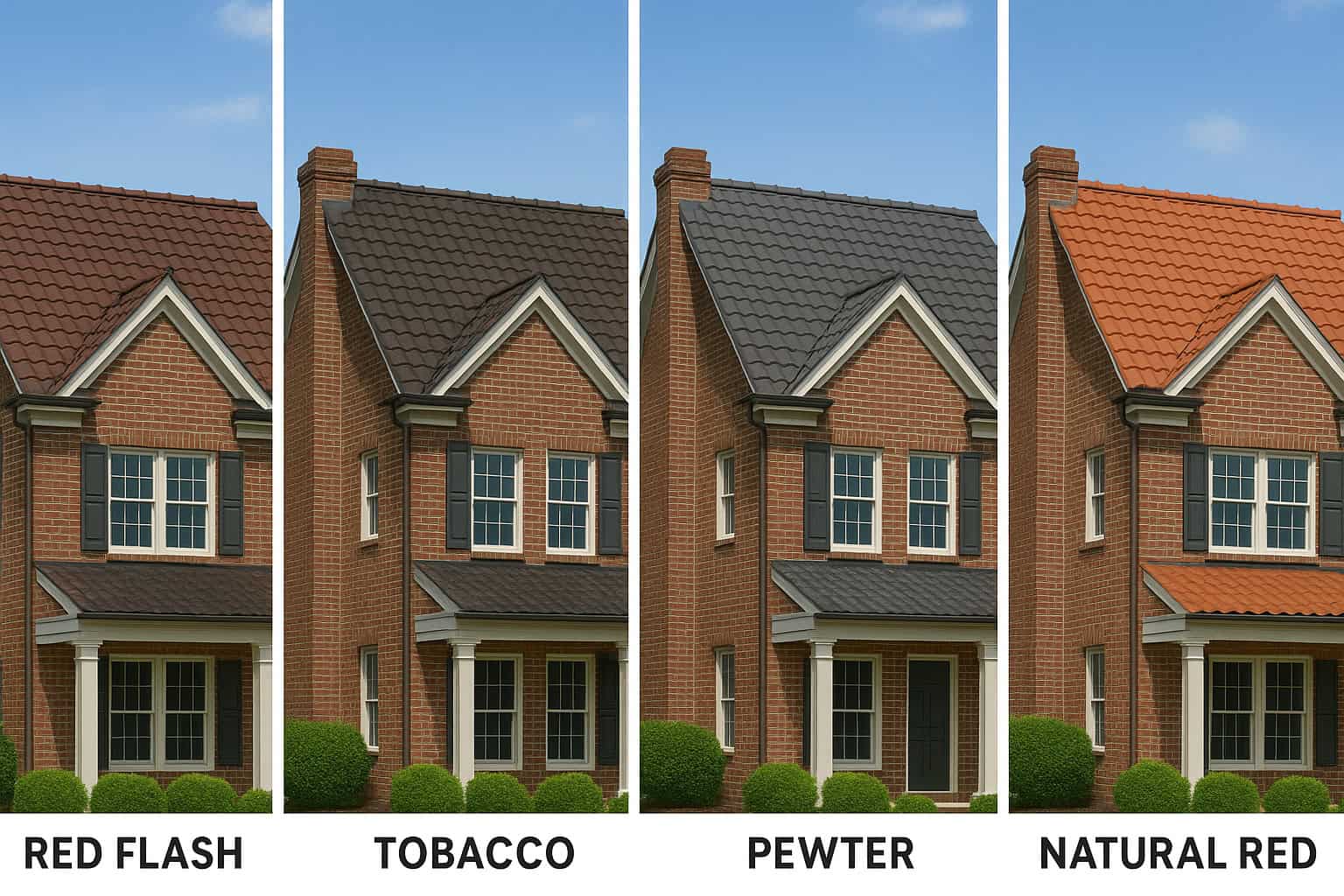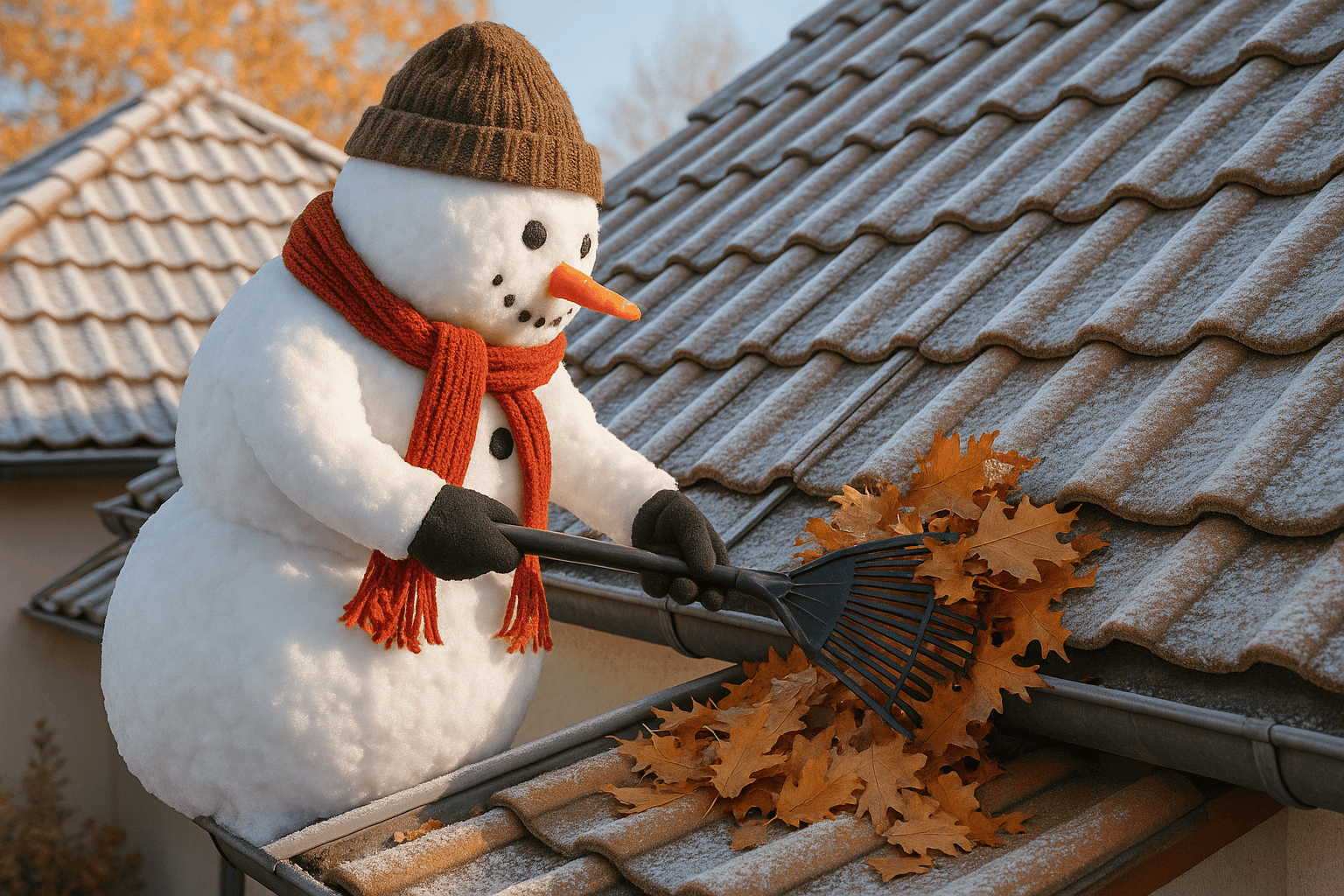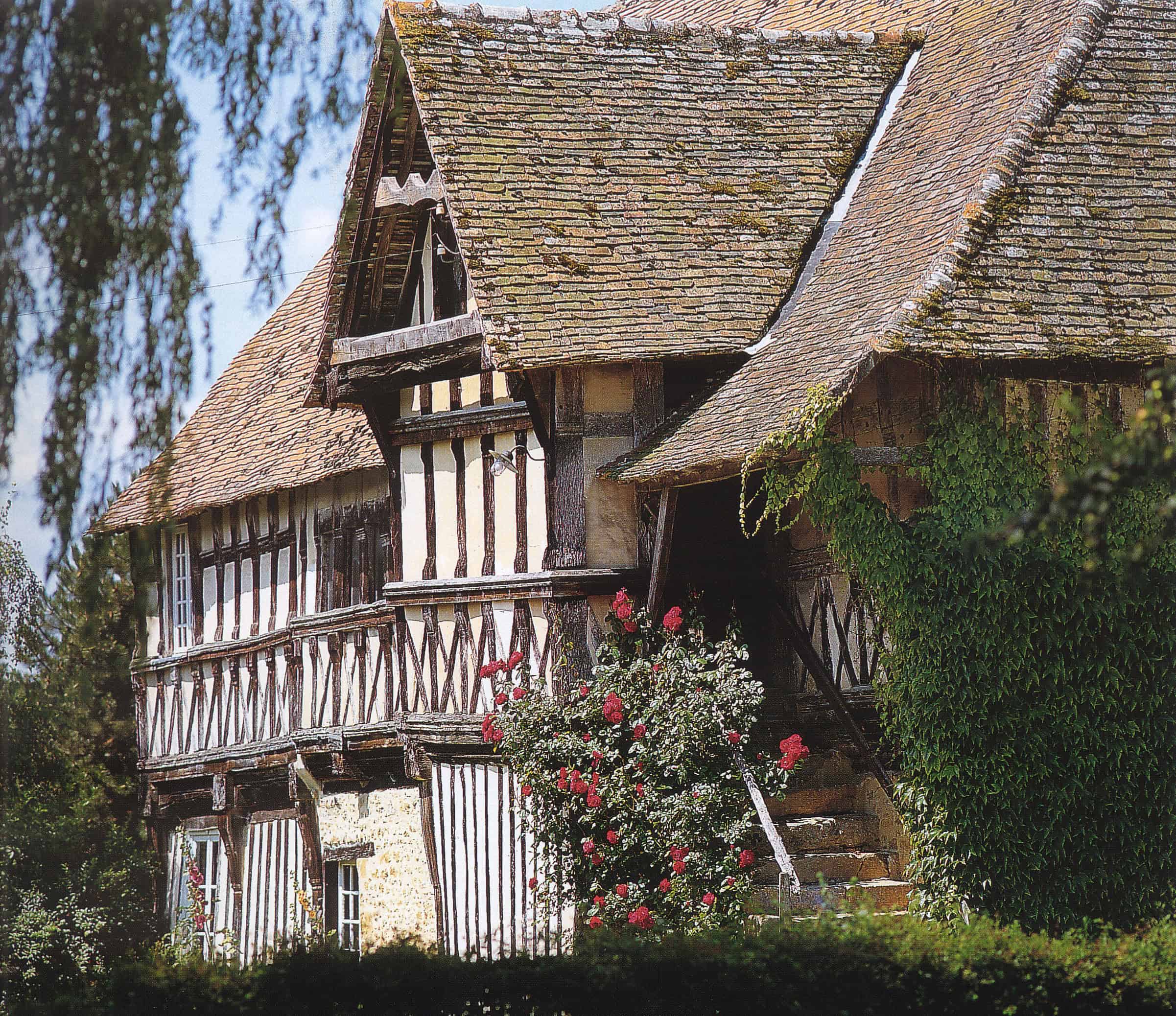When you’re making a major investment in your home, especially something as critical as the roof, you want peace of mind. You don’t just want a roof that looks beautiful today; you want one that will still be standing strong and looking great decades from now. This is where high-quality European Clay Tiles truly separate themselves from the competition. While many roofing materials might promise longevity, European tiles are part of an exclusive group we like to call “The Century Club.”
It’s not uncommon for us at Northern Roof Tile to encounter clay roofs in Europe that are well over 100 years old, still performing perfectly. They are a testament to the fact that when done right, a clay roof can outlast the structure it protects. But what exactly gives these imported materials their incredible staying power and makes them a cornerstone of truly durable roofing?
The Secret to a Century-Long Roof: European Clay Tiles
The remarkable lifespan of a European tile isn’t an accident; it’s the result of a deliberate, centuries-old process honed by generations of artisans and perfected by modern science. The difference lies not just in the clay itself, but in the stringent standards applied from the moment the raw material is pulled from the earth.
Traditional Craftsmanship Meets Modern Technology
European tile manufacturers are unique because they blend deep-rooted tradition with cutting-edge manufacturing. They often rely on local clay deposits that have been used for centuries, providing a specific mineral composition known for its strength and purity. This traditional knowledge—knowing which clay to use and how to prepare it—is the foundation of their quality.
However, they don’t stop there. Modern European factories utilize highly sophisticated machinery to prepare the clay, ensure absolute consistency in the mixture, and form the tiles with precision. Crucially, they use highly controlled, computer-monitored kiln systems. This blend of ancestral wisdom about the raw materials and modern technological control over the firing process is what guarantees a consistently superior and long-lasting roof tile.
Key Factors in Durability: Firing Temperature and Raw Materials
For a clay tile to be truly durable, two factors are non-negotiable: the quality of the raw materials and the intense heat of the firing process.
Raw Materials: Unlike some cheaper tiles that may contain impurities or uneven mixtures, European manufacturers are meticulous. The clay is cleaned, mixed, and aged to ensure a homogenous consistency. This prevents weak spots and inconsistencies that can lead to cracking down the road.
Firing Temperature: This is perhaps the most important secret. European tiles are typically fired at extremely high temperatures, sometimes exceeding 1,100 degrees Celsius (over 2,000 degrees Fahrenheit). This intense heat causes the clay particles to vitrify, or turn glassy, effectively hardening the material into a ceramic stone. A fully vitrified tile has very low porosity, meaning it absorbs minimal moisture. This low porosity is the key to lifetime performance.
The Performance Difference: Freeze-Thaw Resistance
For us here in Canada, the single most critical durability factor is how a roofing material handles the freeze-thaw cycle. Our harsh winters, where temperatures fluctuate wildly around the freezing point, can destroy less durable materials.
When a porous, low-quality tile absorbs water, that water expands by about nine percent when it freezes. Over time, this repeated expansion creates immense internal stress that causes the tile to spall, chip, and eventually crumble.
Because high-quality European Clay Tiles are fired to such a high degree, their incredibly low absorption rate protects them from this destructive process. With minimal water inside the tile, there is no pressure build-up when the temperature drops. This is why European tiles, including many styles that fall under the category of European Roof Shingles, pass the most stringent freeze-thaw testing standards in the world, making them perfectly suited for the USA climate.
Read more: Clay Roof Tiles Keep You Cool in the Summer
Case Studies of 100+ Year Old European Roof Shingles
If you need proof, just look at the old cities and villages across the continent. From the thick, interlocking tiles protecting historic homes in the Alps to the beautifully aged European roof shingles covering medieval buildings in England and France, these materials consistently defy time. These structures weren’t built with modern sealants or high-tech underlayment; their primary protection came from the quality and profile of the clay tile itself.
When you choose a tile imported by Northern Roof Tile, you are selecting a material with a proven track record. You’re not just buying a roof; you’re buying a century of performance. You are investing in true long-lasting roof tiles that will likely never need to be replaced, offering unparalleled value and peace of mind for the American homeowner.
Meta Description: Read out why high-quality European clay roof tiles offer unmatched durability, even through freeze-thaw cycles. Learn the science behind century-lasting roofs.







